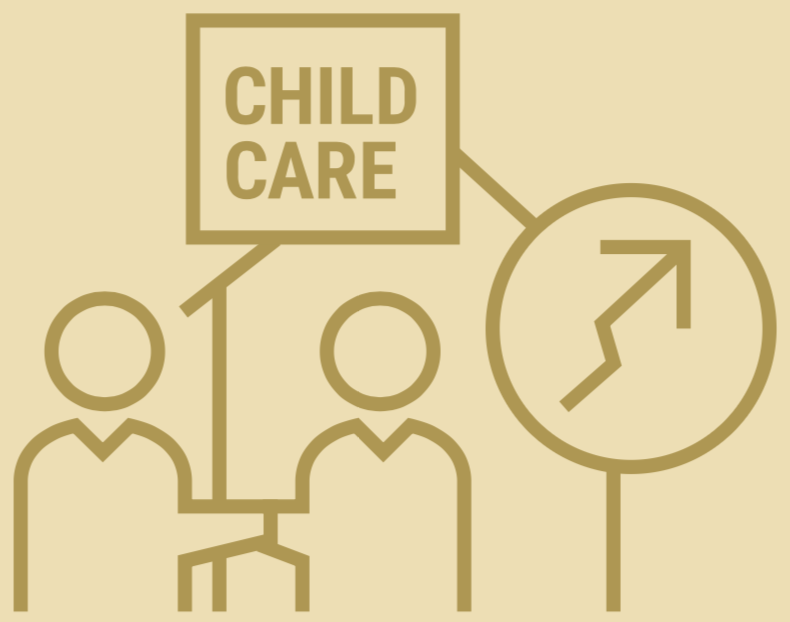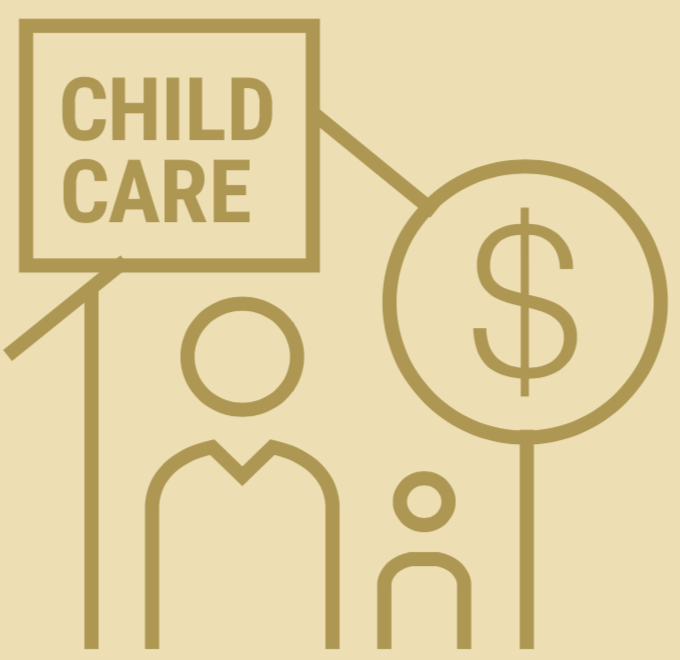First 5 OC’s Efforts Towards Child Care in Orange County
Addressing the Child Care Crisis Is Critical for All
Child Care Business Program
In partnership with Orange County Community Foundation’s Workforce Development Initiative, First 5 Orange County helped launch a child care business program with the Small Business Development Center, CIELO (Community for Innovation, Entrepreneurship, Leadership and Opportunities), Orange County Association for the Education of Young Children, Orange County Department of Education, and other partners.
In the program, future child care providers spend two months building their knowledge of business basics, early child development, and how to operate a child care program.
additional child care slots could be created through this program
Strategies and Solutions
First 5 Orange County is working with partners to:

Expand access to affordable quality infant/toddler child care and education
Increase funding and expand eligibility for subsidies through the California Alternative Payment Program (CAPP).

Increase Infant and Toddler Slots
Expand subsidized care through the state General Child Care and Development (CCTR) programs.
Convert current preschool slots to infant and toddler care.

Ensure Family Choice
Help families better understand the choices available to them and how to navigate to what they need.

Provide Business Assistance
Fund technical assistance for child care businesses and entrepreneurs to support the opening, stability, viability, and expansion of quality child care.

Advance Economic Viability
Advocate for increased reimbursement rates for child care providers to help cover the high costs of infant and toddler care and pay for necessary renovations of facilities.
Ensure that private child care providers have access to funding on par with public providers/transitional kindergarten.
